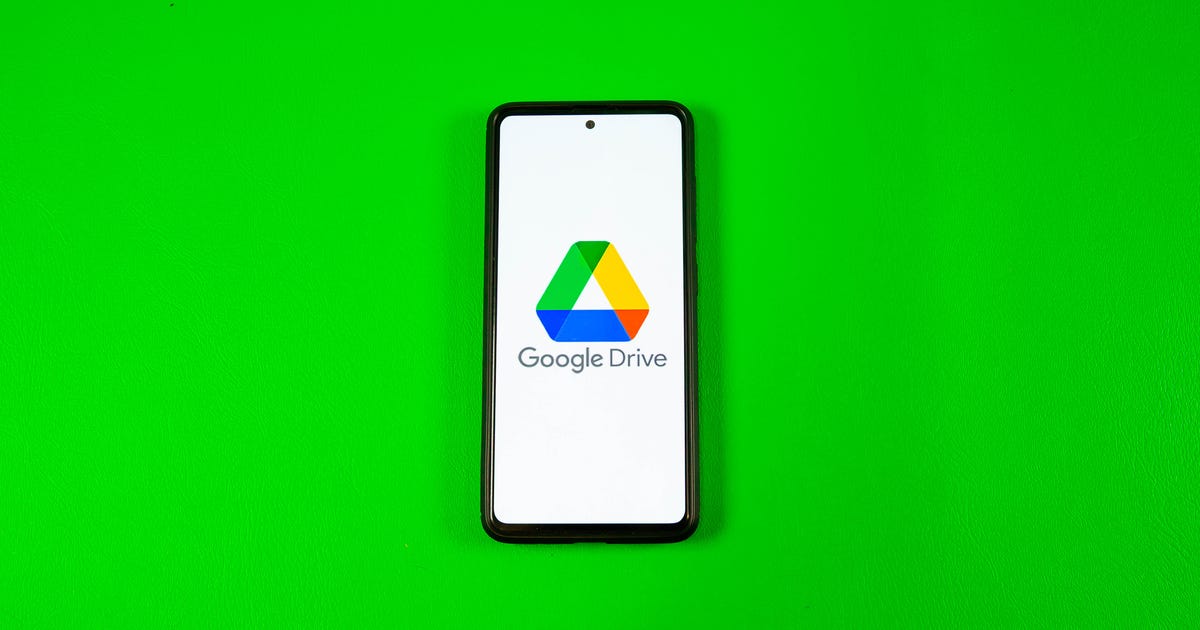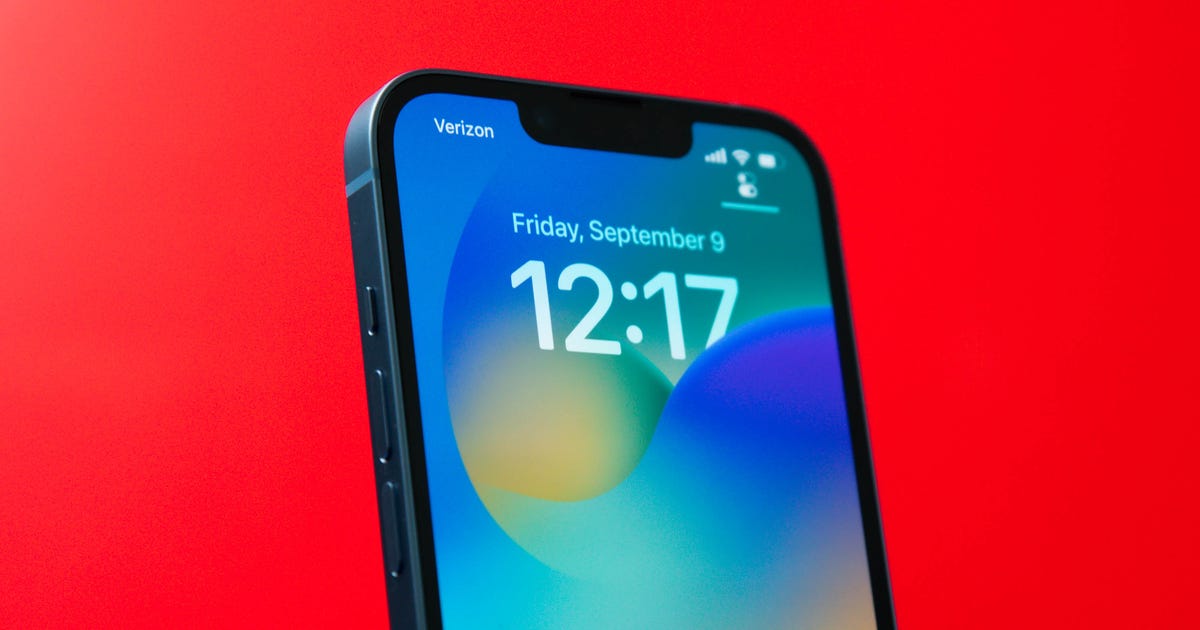Check Also
The US Is About to Exit a Long Dark Age of Lousy Headlights
[dzs_video source=”https://cnet.redvideo.io/2022/09/16/49769be8-2384-4b14-9e21-dd7391f645d1/adaptive-headlights-4kfinal_720h3200k.mp4″ cover=”https://www.cnet.com/a/img/resize/ddcd07e4d9afd5a49c8fdd756e1fb3514818d952/hub/2022/09/16/eeb958f1-4ba5-41ed-9dee-49607cb78be6/mazda-i-activsense-adaptive-led-headlamps-alh-mp4-00-01-04-10-still001.jpg?auto=webp&fit=cover&height=482&width=856″ config=”skinauroradefault” width=”100%” height=”600″ logo=”https://joggingvideo.com/wp-content/uploads/tdn_pic_2.png” config=”skinauroradefault” autoplay=”off” cue=”on” loop=”off” type=”video” logo=”0000″ logo_link=”5555″ responsive_ratio=”default” adarray='{{openbrace}}{“source”:”1111″,”time”:”2222″,”type”:”3333″,”ad_link”:”4444″,”skip_delay”:”5″}{{closebrace}}’]
Cloud
Microsoft’s Office 365. Google‘s Gmail. Facebook’s Messenger. These and other modern software products use a cloud-computing approach that lets you work anywhere with a network connection — you can use your phone, your office PC, your friend’s laptop that you borrow for 10 minutes.
Now it looks like Adobe Systems‘ Lightroom, one of the most popular photo-editing programs around, will follow suit. Lightroom today is locked to a single personal computer, but a job posting indicates Adobe wants to loosen that link.
“Adobe is building the next generation of cloud-first, device-connected products for people who care about photography,” Adobe said in the job posting. “To help with this mission, the Lightroom team is looking for a desktop software engineer to help extend and enhance our industry-leading photography platform.”
A cloud-first Lightroom would be good news if you’re a photographer. It would let you send your main work machine in for repairs, better protect your photo catalogs against equipment theft, loss or fire, and make it possible to retrieve a particular shot when traveling without that beefy external drive that houses your photo catalog.
But the job post also shows how hard it is to move complex software into the modern age. In 2012, Adobe moved its software for creative pros like illustrators, photographers and moviemakers to a subscription model called the Creative Cloud. Paying $50 a month gets you access to the whole shebang, and $10 a month gets you Photoshop and Lightroom. But only gradually has Adobe added the cloud part of the Creative Cloud.
Initial steps toward cloud
First came the ability to synchronize files, then the ability to share libraries of design elements, then the ability to browse stock photos you might want to buy from within programs like Photoshop.
For Lightroom specifically, you can synchronize photos between your PC and your mobile devices. That lets you edit photos on your iPhone and take photos you captured with your Android-powered phone over to your PC. A web interface to these synchronized photos also is steadily improving.
But fundamentally you’re still tied to your PC and its master catalog of photos. Today’s Lightroom sync is useful but the program remains attached to its one-PC roots.
Adobe didn’t comment beyond confirming that it’s hiring for its Lightroom team. However, Tom Hogarty, director of product management for Lightroom, has told me in earlier conversations that the company has wanted to embrace cloud computing with Lightroom.
Why not sooner?
There’s a good reason Adobe hasn’t done this already: Photo and video files are big and therefore slow to transfer over the network. Even with a superfast broadband network like Google Fiber, with 1-gigabit-per-second speeds, it would take more than 4 seconds to download a 30MB photo file, and Lightroom users often deal with dozens of photos at a time. Videos, panoramas and high dynamic range (HDR) images make file sizes dramatically larger, too.
One way to build a “cloud-first” Lightroom that wouldn’t make you swear at your poky network would be to store the primary copy of the catalog on an internet service but also keep a copy on your own PC. You’d get fast access to files; then Lightroom could synchronize your photos in the background.
Transferring lots of photos takes time, to be sure, but once the originals are uploaded, Lightroom needs to change only a small amount of accompanying data for each photo to record things like editing changes, titles and captions.
Who’ll pay?
An online photo library could be expensive, though it’s possible Adobe could make it an add-on option. Adobe’s Creative Cloud subscription offers 20GB of synchronized data, but my archive of 80,000 photos and videos is 1.6 terabytes — bigger than most archives, probably, but nothing unusual for a photo enthusiast or pro.
Apple charges $20 per month for 2TB of iCloud storage, and Google Drive costs $10 per month for 1TB or $100 per month for 10TB. Even if Adobe opens up to partnerships with a lower-cost online storage service like Backblaze B2, 1.6TB of storage would cost about $8 per month.
But cloud computing brings real benefits, too, as anyone who ever left a laptop in a taxi or airport can attest. However it’s done, modernized Lightroom would be an important step.
Check Also
14 Hidden iPhone Features You Should Really Know About
It’s been over half a year since iOS 16 was released to the general public, yet there …
Cloud
The call of a cloud-based smartphone is proving irresistible for some.
Startup Nextbit, which reached its Kickstarter funding goal of $500,000 on its first day, said late Tuesday that it has now raised more than twice that amount. After hitting its original goal two weeks ago, the company had promised to provide free quick chargers with each of its Robin smartphones if it hits $1 million.
“The response has blown us away, and further proven that a fresh approach to smartphones that solves real problems is something people want in their hands,” the company said in a statement. “With that, we are putting new stretch goals in place to keep the interest high to take us through the end of the campaign, which is in 15 days.”

CNET
The company, run by executives who formerly worked at Google and HTC, is promising a free Robin T-shirt to all who back the startup to $1.25 million. And if it hits $1.5 million, supporters will receive 129 gigabytes of cloud storage instead of the previous 100 gigabytes promised. That’s enough storage to download the 2015 movie “Mad Max: Fury Road” more than two dozen times.
While other phone makers have offered third-party cloud storage services like Microsoft OneDrive, Dropbox and Google Photos, Nextbit’s Robin is the first smartphone to use cloud storage as its key feature. The phone has 32 gigabytes of internal storage, but the Android-powered handset has the supposed ability to intelligently relocate little-used apps, photos, videos and other files to the cloud to ensure users always have plenty of on-device storage.
Showing there is a market for niche attempts to enter the smartphone market, Nexbit also eschewed traditional means of selling a product through a large carrier, opting instead to directly go after consumers through the Kickstarter crowd-sourcing method.
Robin’s internal specifications are in line with other premium devices in the market, including a 5.2-inch full high-definition display, a 13-megapixel rear camera and an NFC (near-field communications) chip to allow for mobile payments and a smaller USB Type-C port to connect a charger or cable to link your PC. It employs the same high-end Qualcomm Snapdragon processor that powers the LG G4 smartphone.
Although Nextbit is holding its 30-day campaign now, the Robin won’t actually ship until early next year.
Check Also
8 New Google Products We Expect to See This Year
Google’s device line could end up having a particularly important moment in 2023. The company …









